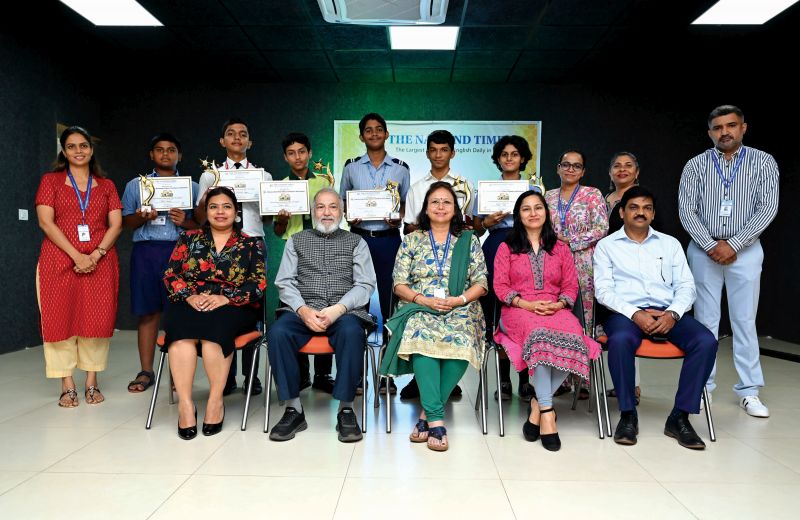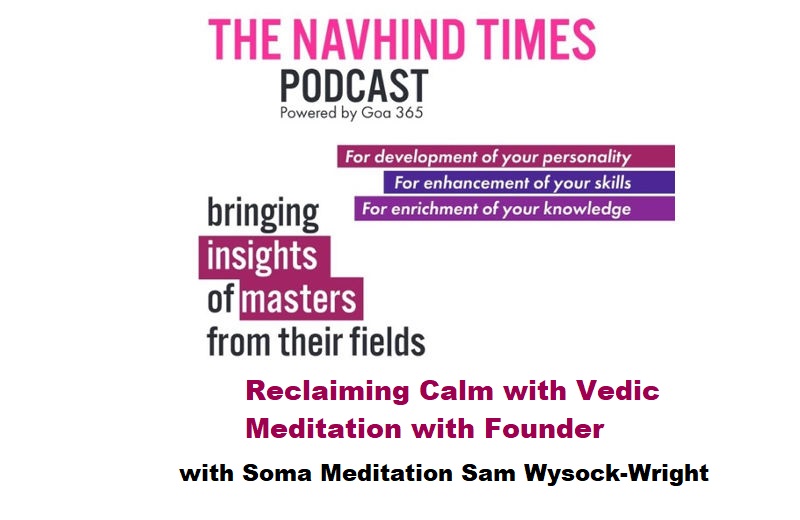
Allergies are common and have been around forever. However in the recent years the number of people affected by them is increasing. In fact in some cases allergies are impacting the overall quality of the patient’s life. Allergist and clinical immunologist, Dr Anita Kamath Dudhane, who was the guest on the Navhind Times, ‘Talk from the Heart’ show, threw some light on the topic. The talk that aired live on the Goa 365 channel, on Sunday, October 25, covered the causes, symptoms, types and treatment of allergies besides other relevant topics.
“Allergies are the immune system’s response to something it perceives as bad and affect all the systems of the body. The main role of the immune system is to fight against viruses and bacteria but in an allergy, the immune system makes a mistake,” Dudhane explained. “It starts to react against something in the environment or the food, etcetera,” she added. She spoke how allergies today are on the increase and said, “In America for example it is the number one disease and a billion dollar industry.” Having done her post graduate training in New York Medical College where she trained in Allergy and Clinical Immunology, and also received her PhD in Immunology, Dudhane is one of the only two doctors in the country who has specialized in this field.
Enumerating the different types of allergies, she said, “Nasal allergies which cause a lot of sneezing are called allergic rhinitis whereas allergic conjunctivitis causes itchy eyes and in severe cases can be very traumatic as it leads ulcers on the cornea, etc. The rhinitis if not treated properly can cause asthma which is another type of allergy.” The secondary condition she spoke about was sinusitis where the sinuses get inflamed and cause a great deal of discomfort. The two main allergic skin disorders that she mentioned were hives/urticaria and eczema besides the gastro intestinal allergies. “The highest kind of allergy is angio edema where the lips, eyes and tongue swell and the patient has to be rushed to a hospital,” she added.
Elaborating on the causes of allergies, she said, “The reasons vary depending on the kind of allergy one gets. If it is runny nose and itchy eyes, then it could be a seasonal allergy which may be due to pollen or the grass or even a mould allergy which is common during the monsoon. Dust mite allergies are normally throughout the year. Whereas skin allergies like hives or eczema are largely connected to food.” Giving examples she explained that food allergies need to be accurate and pinpoint the exact food item before stopping the consumption of that particular food and added, “This is especially true for growing children who need a balanced diet. Also food allergies need to be monitored because the allergies do not stop right away once you stop the food item.”
Another main reason for allergies she stated was the reduced time children and even adults spend outdoors. “Today more and more time is being spent connected to gadgets therefore children don’t go out much and do not have much contact with mud or animals. This hampers the growth of the immune system and is does not fully develop.” The constant medication for regular ailments like cold or fever also she said, prevents the immune system from working accurately and this leads to allergic reactions.
With regards to medications, she spoke at length about the new drugs that are in the market and do not cause drowsiness. “The second way to treat allergies is to find what causes it and then teach the immune system to accept it.” She then explained briefly the RAST method of ascertaining the cause of the allergy and the modified skin prick test. “Worldwide the gold standard is the modified skin prick test but for that you need an allergy specialist. In the absence of a specialist the RAST test is done but is extremely expensive,” she stated.
Asked how one differentiates between allergies and a common cold, she answered, “Allergies do not have a fever or bodyache associated with it. If it is an allergy most often the patient will have a crease on the nose or allergic shiners under the eyes(dark circles). They also have a throat irritation and some also keep their mouths open as they breathe through their mouths.”
Various other questions were answered and many doubts cleared. It was an informative and well-spent morning!



